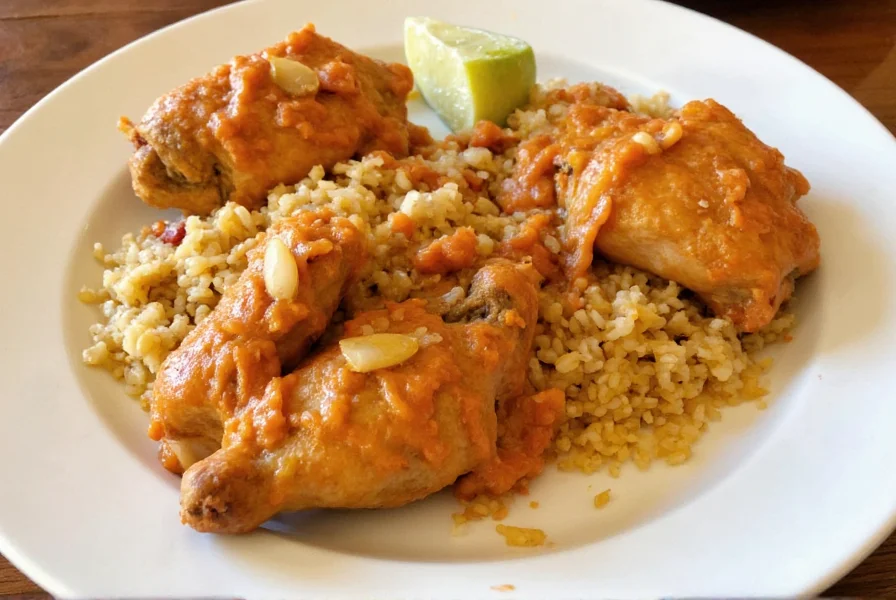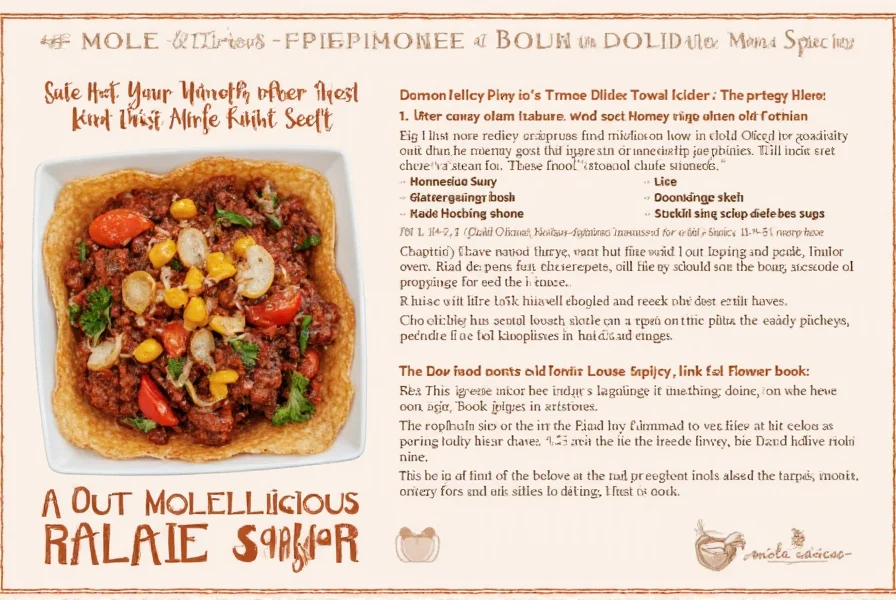Tortilla Espanola: A Flavorful Journey Through Global Spice Traditions
Table of Contents
Introduction to Tortilla Espanola
The tortilla espanola, also known as Spanish omelette, is a beloved dish that has captured the hearts of food lovers around the world. This simple yet flavorful dish consists of eggs, potatoes, and onions, all cooked together in a pan. While it may seem straightforward, the tortilla espanola is a testament to the rich culinary traditions of Spain and its global influence.
What makes the tortilla espanola truly special is the way it brings together different ingredients and spices. In Spain, it’s often served as a tapas item or a quick lunch, but its versatility allows it to be adapted to various cultural preferences and local ingredients. Whether you're a seasoned chef or an amateur enthusiast, understanding the role of spices in this dish can elevate your cooking experience.
Global Spice Traditions and Their Influence on Tortilla Espanola
Spices have played a crucial role in shaping global cuisines, and the tortilla espanola is no exception. As we explore the world of spices, we’ll see how different regions have influenced the way this dish is prepared and enjoyed.
Spain's Spicy Heritage
Spain’s culinary history is deeply rooted in the use of spices, especially during the Age of Exploration when new ingredients from the Americas and Asia made their way into Spanish kitchens. While the tortilla espanola doesn’t traditionally include heat, the influence of spices like paprika, saffron, and garlic is evident in the dish’s flavor profile.
Did you know? Paprika, which is widely used in Spanish cuisine, adds a subtle smokiness that complements the earthy taste of potatoes and onions. Saffron, though not commonly found in everyday tortilla recipes, is sometimes used to give the dish a golden hue and a delicate aroma.

How Other Cultures Have Adapted Tortilla Espanola
As the tortilla espanola traveled beyond Spain, it was adapted by different cultures, each adding their own unique twist with local spices and ingredients. For example:
- In Mexico, the tortilla is often replaced with corn tortillas, and additional spices like chili powder or cumin are used.
- In Latin America, some versions of the dish incorporate cheese, tomatoes, or even chorizo, creating a more robust flavor profile.
- In the United States, the tortilla espanola has been reimagined with ingredients like bell peppers, mushrooms, or even avocado, reflecting the diversity of American palates.
This adaptability shows how a single dish can evolve while still maintaining its core identity. The key is to understand the balance of flavors and how spices can enhance the natural taste of the main ingredients.
Practical Tips for Making the Perfect Tortilla Espanola
If you're looking to master the art of making tortilla espanola, here are some practical tips to help you achieve a perfect result every time:
1. Use Fresh Ingredients
The quality of your ingredients will directly affect the final outcome. Opt for fresh eggs, firm potatoes, and crisp onions for the best texture and flavor.

2. Cook at the Right Temperature
One of the most common mistakes when making tortilla espanola is cooking it at too high a temperature. This can cause the eggs to cook too quickly on the outside while remaining raw inside. Aim for a medium-low heat to ensure even cooking.
3. Don’t Overmix the Batter
While it might be tempting to mix the eggs thoroughly, overmixing can lead to a dense and rubbery texture. Instead, gently fold the ingredients together until just combined.
4. Flip Carefully
Flipping the tortilla requires patience and a bit of practice. Make sure the bottom is fully set before attempting to flip it. If you’re unsure, you can cover the pan with a plate and carefully invert it.
5. Let It Rest
After cooking, allow the tortilla to rest for a few minutes before slicing. This helps the layers set and prevents them from falling apart when you cut into it.
Buying Guide for Essential Ingredients
Whether you're a seasoned chef or just starting out, having the right ingredients is essential for making a great tortilla espanola. Here’s a detailed buying guide to help you choose the best products for your needs:
1. Potatoes
Potatoes are the backbone of any good tortilla espanola. Look for varieties that are firm, with no soft spots or blemishes. Some popular choices include:
- Yukon Gold Potatoes: These have a buttery texture and are ideal for frying.
- Red Potatoes: Known for their waxy texture, they hold their shape well and add a slightly sweet flavor.
- White Potatoes: A classic choice that offers a neutral flavor and good structure.
Best for: Home cooks who want a reliable, all-purpose potato.
2. Eggs
Choose large, fresh eggs for the best results. Free-range or organic eggs are often preferred for their richer flavor and better texture.
- Free-Range Eggs: These come from hens that have access to outdoor space and often have a more vibrant yolk color.
- Organic Eggs: Produced without synthetic pesticides or fertilizers, these are a healthier option for many consumers.
Best for: Those who prioritize quality and sustainability.
3. Onions
Onions add a nice sweetness and depth of flavor to the tortilla. Choose firm, dry onions with no signs of mold or rot.
- Yellow Onions: The most commonly used variety for their balanced flavor.
- Red Onions: Add a slightly sharper taste and a beautiful color.
- White Onions: Less pungent and ideal for those who prefer a milder flavor.
Best for: Anyone looking to customize the flavor of their tortilla.

4. Spices (Optional)
While traditional tortilla espanola doesn’t rely heavily on spices, some variations use them to enhance the flavor. Here are a few options:
- Paprika: Adds a smoky, slightly sweet flavor and a beautiful red hue.
- Saffron: Offers a subtle floral aroma and a golden color.
- Cumin: Can be used in some Latin American adaptations for a warm, earthy note.
Best for: Experimenters who want to try different flavor profiles.
Conclusion
The tortilla espanola is more than just a simple dish—it’s a reflection of global spice traditions and the ever-evolving nature of cuisine. By understanding the role of spices and ingredients, you can create a version of the dish that suits your taste and lifestyle.
Whether you're enjoying a classic tortilla espanola with friends or experimenting with new flavors, remember that the heart of the dish lies in its simplicity and the joy of sharing a meal with others. So grab your pan, gather your ingredients, and let your creativity shine through the magic of spices.
Now that you’ve explored the world of tortilla espanola, why not try your hand at making one? With a little practice and the right ingredients, you’ll be serving up a delicious, globally inspired dish in no time!










 浙公网安备
33010002000092号
浙公网安备
33010002000092号 浙B2-20120091-4
浙B2-20120091-4